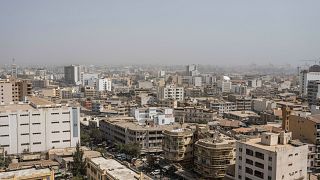Senegal
Senegal is determined to end its rice imports. According to the stakeholders in the rice sector, the total domestic production of white rice has been significantly increased.
Triggered by high international prices since 2011, several initiatives to upgrade the rice value chain have emerged in the private sector.
Rice is a staple food in Senegal. The country’s government is aiming to achieve self-sufficiency by next year.
The Senegalese are big consumers of rice, with an average of 90 kg of rice per year per capita. Half of this amount per capita comes from the importation of Thai or Chinese rice.
In the country, the slogan “Feeding the Senegal by Senegalies” is about to materialize. Major public investments in the rice sector is done in the Senegal River Valley (SRV) paddy rice,, to extend production areas already in existence.
Because of the the exacerbation of biological and institutional constraints in the valley, rice growers had difficulties in maintaining productivity of their land. These constraints prevented them from further intensification- jeopardizing the national objective of self-sufficiency.
A platform was created, bringing together traders, millers and rice importers. It includes the Senegalese government and the banks to discuss substantial efforts to extend the initiative.
All these actors gathered this week to take stock of the situation of rice in Senegal and are yet to report of the outcomes.
Agencies













00:50
Saffron harvesting flourishes in Morocco's rural Ikniouen commune
Go to video
Everton’s Idrissa Gueye sent off for slapping teammate
05:00
How Japan’s food tech innovations target global food security challenges
11:16
Côte d’Ivoire: a growing economy despite inequalities [Business Africa]
01:03
Morocco expects bumper olive harvest after years of drought
Go to video
IMF mission to Senegal ends without new lending programme but talks are ongoing